eBay vs. Amazon - Which one is a better place for your ecommerce store?
The digital world has made a major impact on business. Shopping has been taken to consumers’ hands with several advanced gadgets in play and shopping from everywhere in a few minutes.
Almost every website and store are accessible online. Today, e-commerce sellers can sell their products online for numerous choices. Platforms like Shopify, Walmart, Alibaba are all giving vendors the chance to get their products to the market, but the two “dark horses” of the industry are still Amazon and eBay which have been around for some decades. Many e-commerce startup entrepreneurs have considered selling on these platforms but struggled to decide which option might be optimal. As a seller, it is extremely important to find the right location for your marketplace.
In this article, we will get you through some general details and analyze some key differences about selling on eBay or Amazon.
Overview of eBay and Amazon
About Amazon

Amazon.com provides retail stores, computer software, luxury electronics, multimedia entertainment, and other local facilities, from regular sales and grocery items through multinational e-commerce. Newmarket estimates show that Amazon is the world’s largest e-commerce retailer with up to US$ 280.5 billion in net sales in 2019. The bulk of the revenue generated by the company comes from online product transactions, supplemented by third-party purchases, membership services, and AWS operations. It’s still deemed one of the most popular companies globally because of the vast scale and influence of Amazon.
About eBay
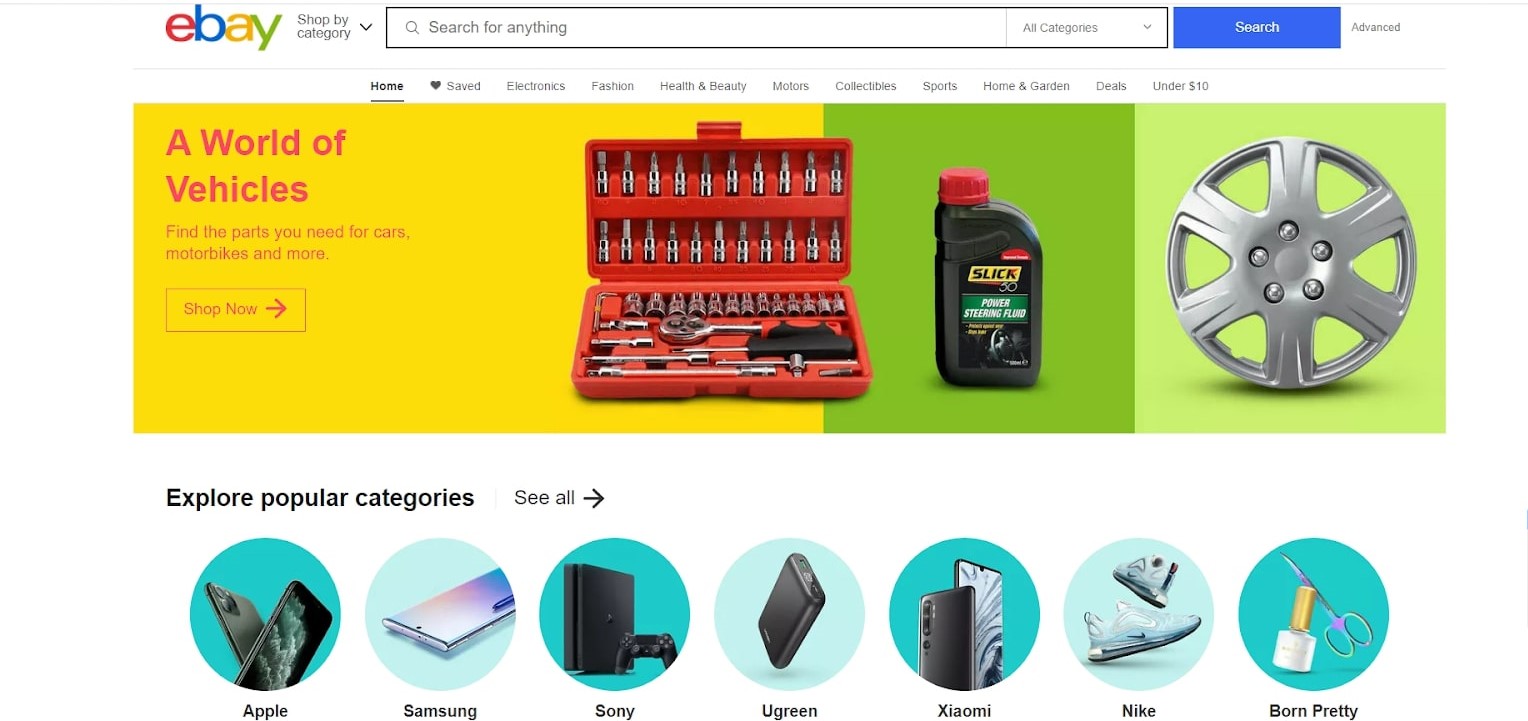
Established in 1995, eBay is an international e-commerce company providing electronic services C2C. The main business of eBay consists of a marketplace and trading platform that allows individuals and businesses worldwide to buy and sell a vast range of goods and services. Buy It Now retail sites, as well as online classified advertising, live event ticket selling on StubHub.com are all part of its activities. The company’s sales in 2019 amounted to USD 10.8 trillion, most of which were generated by market transactions.
Some key differences to consider
Customer trust

Amazon
Amazon focuses on the acquisition and preservation of consumers’ trust in the vision, mission, and values of the business. A survey by Feedvisor in 2019 reveals that 89% of over 2000 US buyers claim that they’re more likely to purchase from Amazon than other e-commerce platforms. In a recent survey by Jungle Scout, 73% of American customers indicated that Amazon is a good business for purchasers.
The trust generated by Amazon customers is mostly based on the consistency and transparency in their product experience. Somehow, consumers know precisely what is going on with their order. Amazon is regarded as one of the foremost to-go options thanks to its easy product return policy. The A-Z Guarantee guarantees a full refund for shoppers who are not happy with the quality or arrival time of their received purchase.
eBay
In comparison, when it comes to returning products and collecting full refunds, eBay practices are even more difficult. Not to note, vendors can also tick the “No Refunds” box from eBay, leaving buyers dissatisfied with the purchase. If they do not.
You might think it’s a good thing as a seller. However, it can be very harmful to your business.
You send signals to possible customers that they can’t trust what they sell by setting their listings on ‘No Returns’. And what kind of companies do you buy from as a consumer? Those who keep helping you after purchase, or those who collect and run your money?
Winner: Amazon definitely outperforms in this round as it builds brand loyalty and provides consumers with the safety they can to make sure they buy a product they cannot afford otherwise. As a seller on your web, you can enjoy the benefits of this trust.
Seller competitiveness

Amazon
Amazon is an increasingly competitive industry as its number of sellers climbs up steadily year on year. About 200,000 new retailers entered the platform in just the first quarter of 2020 alone. In 2019, Amazon showed that there were 200,000 sellers with revenue exceeding $50,000 and 50,000 with revenues exceeding $500,000.
eBay
eBay in 2017 revealed to have 6.7 million sellers, but most of them were low-volume vendors with no significant sales increase. eBay has far fewer sellers than eBay which indicates a lower rate of competition.
Winner: eBay wins as it is more democratic, showing consumers that they filter and investigate multiple results. They have more work to do and more reasons to equate sellers than the price.
Product categories

Amazon
Currently, Amazon has over 40 product categories ranging from Clothing & Accessories to Software & Computer Games on sale, but only a few of them are open to all sellers. Some sellers with a professional account are only available, and some accept no new sellers at all.
Overall, Amazon is more focused on the sale of new products than used products. The website accepts goods used but only in some categories. You may also sell certified renovated equipment in certain categories, but they must meet the Amazon Renewed program requirements.
eBay
eBay emerged as an auction platform with the most beneficiaries to sell the discarded items. The platform was also more open than Amazon to second-hand products. Generally speaking, you can sell everything, new or used, on eBay.
Nonetheless, certain products, such as adult items, alcohol, and drugs, coupons, documents, etc. are not permitted by eBay. Many are prohibited from compliance with municipal regulations for safety reasons. While certain products are not specifically forbidden, buying and selling are still restricted.
Winner: To sum up, in regards to categories of goods, eBay standards are more permissive than those of Amazon. Amazon’s ranges of products are very dynamic and restricted, plus the choice as to when they appear. Also, eBay and Amazon are not ideal for custom goods such as gravures. Although both platforms provide personalized service to tailored products, none of them have the service you can provide your platform for the configuration.
Product management
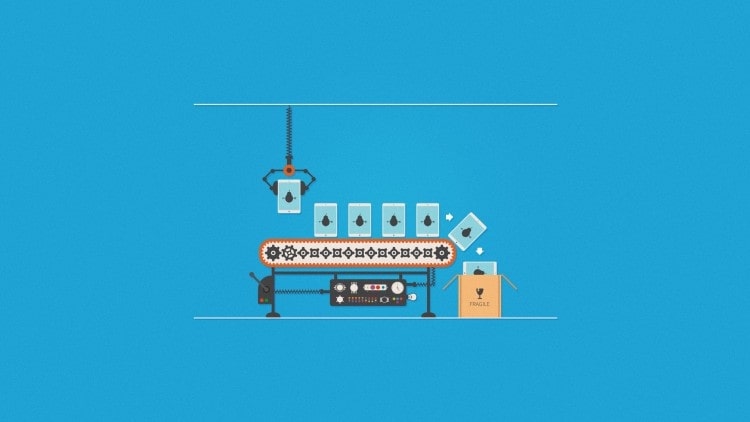
Amazon
Amazon’s inventory management system is incredibly simple to use. There is only one UPC list (barcodes you see on products) per individual UPC. Essentially, Amazon only requires images and product descriptions to simplify listings.
eBay
Contrary to Amazon, eBay was a victim of its prior popularity in regulating used items. eBay has an incredibly complex method of open product management. For the same Instapot, there will be thousands of different listings. Also, eBay allows the HTML / CSS listings, which ensures that sellers often seek to slip on one another for their listings to be elegant and built.

Fulfillment methods
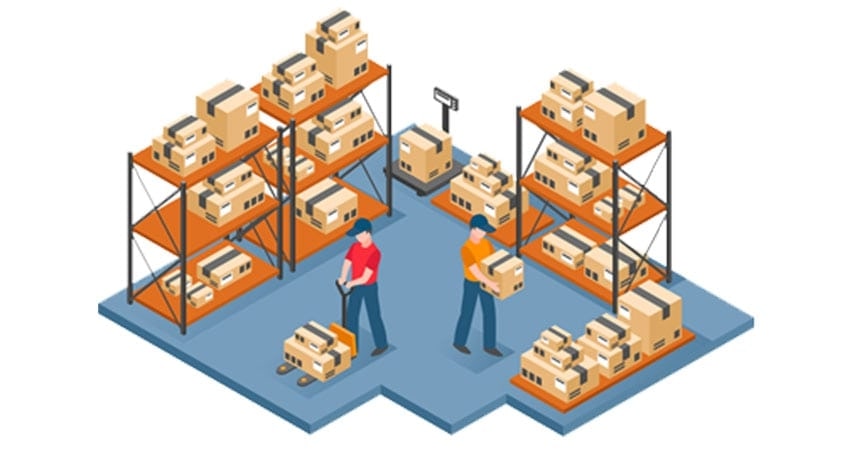
Amazon
Amazon offers two options for a seller to distribute products: the Amazon Fulfillment (Amazon FBA) and the Market Fulfillment FBM (Amazon FBM).
- FBA indicates that products must be sent to Amazon warehouses and delivered from there. Fees should be paid based on the item’s weight, delivery fees, storage costs, and a proportion of the gross profit.
- FBM allows third-party sellers to supply customers with products on-site or via dropshipping. Sellers of completion centers now will take advantage of this.
eBay
On eBay, however, the delivery of products is carried out by sellers. There are no limits for average shipping rates in other areas, such as books, DVDs, and video games. Sellers are urged to deliver speedily.
To conclude, Amazon makes it easier to fulfill and ship products than eBay do. Amazon FBA is a great opportunity for most sellers to get rid of shipping problems. The fees might be higher, but when you compute all the charges for processing, packing, and shipping, the overall costs will decrease significantly.
Winner: Amazon wins as it provides sellers the option of using the best indoor logistics in the country. Lack of service by eBay ensures that vendors are free to submit in their own way. Amazon sellers also feel pushed to use FBA, since they cannot compete successfully without their Prime badge. It can be a big hassle for inventory control and costlier to use FBA in comparison to your own shipping activities. But FBA remains a highly powerful and optional service.
Selling fees
eBay
When selling on eBay, you need to pay some extra fees:
- Insertion fee: This fee is charged when creating listings on the site. According to eBay policy, sellers will get up to 200 zero insertion fee listings every month, or can even get more if you run an eBay store. There are some specific rules on how insertion fees are charged which you can read here.
- Final value fee: Final value fee is charged once your item is sold. This fee is measured in proportion to the total sales volume. The total sales price is the sum paid by the customer, including both shipping and storage costs. When the customer does not pay for whatever reason, you will have to cancel or report the sale as an overdue item to be considered for a refund and a final interest charge.
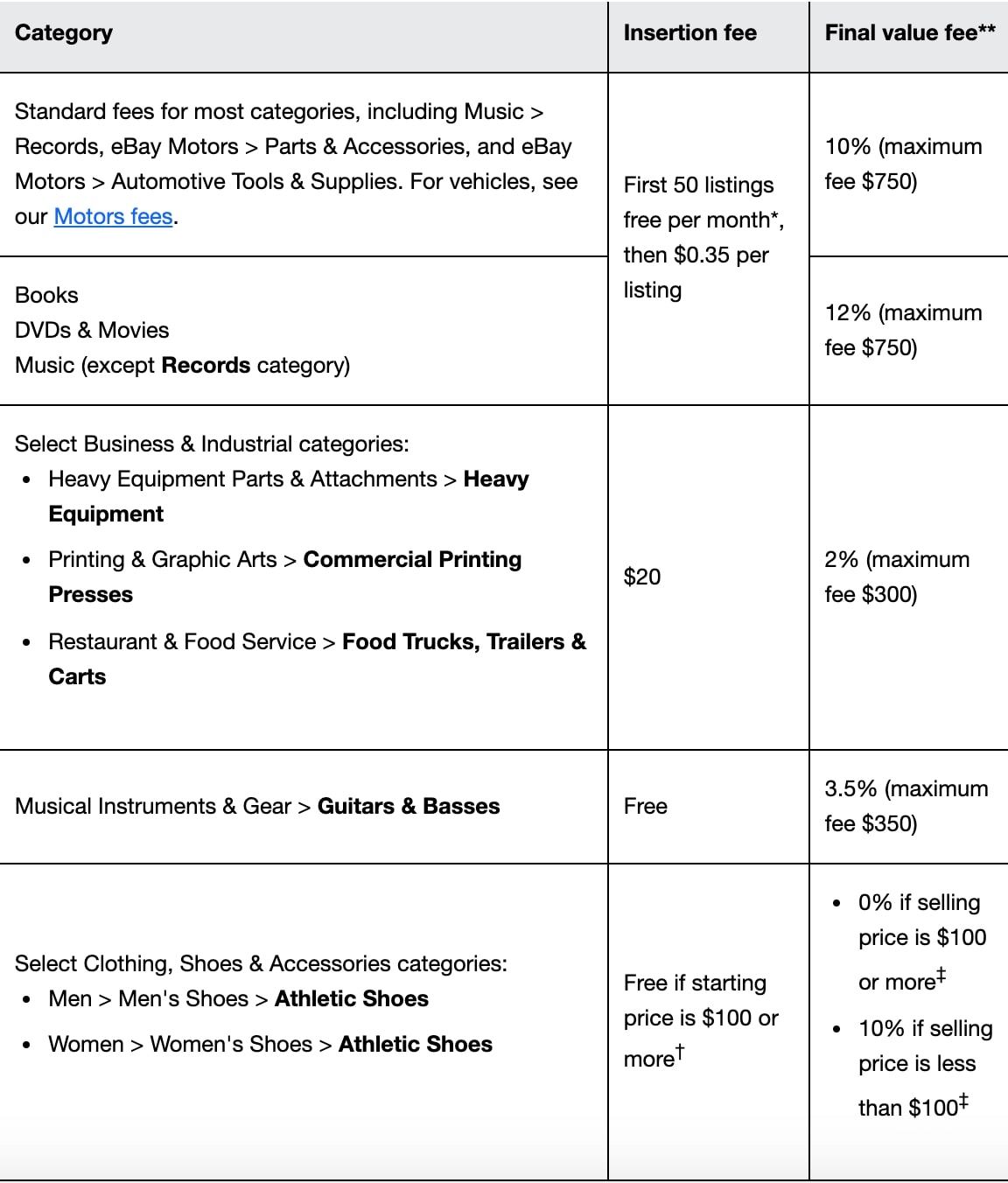
- Payment processing fee: The amount of this charge depends on whether you are a seller with managed payment. This fee is included in the final value fee if you use controlled payments for eBay. If you use PayPal to handle the consumer purchases, you pocket $0,30 in addition to 2,9% of the total selling price. Sales tax is included as well.
- Listing upgrade fee: The fee is optional and only recommended if you want to specialize in your listings to make them stand out. Optional upgrades include: adding bold font, adding a subtitle, and setting a minimum/reserve price for your products.
If you use any updates in eBay listings, the charges will begin to add up fast. You should use the eBay fee calculator to decide how much you have to pay before the listing is included.
Amazon
With Amazon, seller fees differ based on the goods offered and the type of fulfillment chosen: FBA or FBM.
There are three types of FBA payments based on where the order is being put in the execution process. First, order fulfillment fees are dependent on the size and weight of the items, while monthly storage charges are charged as Amazon will store your goods using their warehouses instead of keeping them yourself. There will also be long-term storage costs charged when you cannot quickly sell the goods at the Amazon Fulfillment Center.
The only charges that you can pay when selling FBM are Amazon Closing Charge and Variable Closing Fee. Sellers of FBA are also responsible for these charges. FBM prices are lower because the seller is aware that shipping expenses are the responsibility of Amazon, but they are not eliminated.
These are not the only costs you have to spend in your role as an Amazon vendor. All Amazon sellers will have to pay the following regardless of the type of fulfillment:
- Individual per-item payments or subscription fees: You can choose between two sellers: individual or professional accounts. You would be expected to pay a price of $0.99 per unit sold when you sell as a person. On the other side, professional sellers pay a $39.99 monthly membership fee.
- Returns administration fees: Although such payments only come into effect after a customer demands refunds, it is also necessary to remember that Amazon pays you for refund collection.
Winner: In terms of fees paid by eBay and Amazon, there is no definite winner. The average 10% commission for eBay is smaller than the 15% for Amazon, but just the 2% gap for PayPal costs. On eBay, you can also install payments and additional extras, such as the upgrade to subtitles, which you might require in those categories to perform effectively. Throw into the potentiality of increased monthly store fees and the average eBay fees treat Amazon fees in such a manner that many vendors cannot make the difference.
Individually, the solution depends on your own conditions, including your sales items, your average sales rates, and your number of sales.
Payment methods
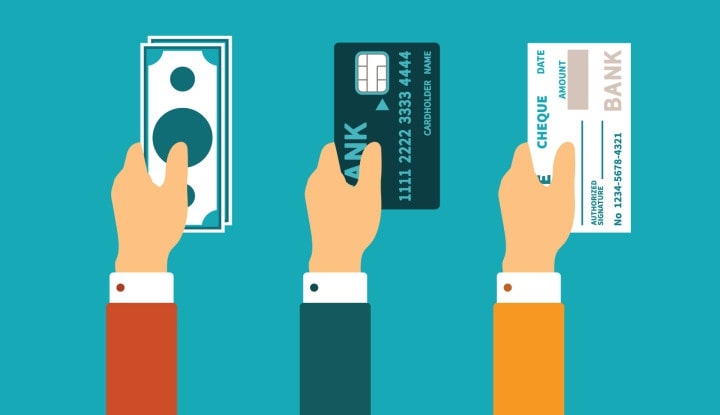
eBay
Sellers on eBay can be charged immediately, it depends on the buyer’s payment options. You will collect your profits until an object is sold successfully. PayPal, credit or debit card, merchant credit or debit card, or pickup payment are all available.
Amazon
Amazon collects vendor fees and makes deposits twice a month. It results in overdue goods being tracked or invoices submitted by the vendor. If the account balance is good, the money is credited to the bank account through an automated money transfer or Automated Clearing House (ACH).
Winner: eBay obviously wins the round as its payment method is more straightforward and the money transacted is more liquid. The third-party payment gateways integrated with eBay are all common methods of payment, so there will be no hassle for sellers to get their money smoothly.
Advertising fees

Increasingly, both Amazon and eBay are “pay to play”. This indicates that sometimes you have to pay for your search results to appear at the top of the lists.
However, sellers of Amazon depend much more on ads than sellers of eBay. eBay has expanded lately, but most vendors do not use ads at all. If you are a regular Amazon seller, with 25% of the retail revenue, and you pay only 30% for the total cost of sales (ACoS), this adds an additional 7.5% of the selling price.
Winner: There is a tie in this round as it depends on your business’ needs and intention to use digital advertising. If ads are your choice then Amazon is definitely the right place to head to.
Selling on eBay vs. Amazon - Which platform is a better option?
While Amazon is good in terms of trust, loyal buyers, branding, and its fulfillment service, eBay win for its competitiveness, lower charges, loyalty, and lower restrictions! It’s a difficult fight and every marketplace ultimately has its own special benefits and drawbacks.
The platform for selling depends on multiple factors, including how qualified you are as a vendor, what you want to sell, and what the units you plan to move are. New vendors can select eBay as their way to obtain experience with their lower fees. More experienced vendors of better-quality products may prefer Amazon because of its larger marketplace and its focus on reliability and quality.
Final words
On paper, Amazon vs eBay appears to be a narrow race. The truth is that Amazon is almost always the best distribution site. There’s a spot in e-commerce for eBay and there’s an appeal to many sellers. It shouldn’t be something you think about first. While Amazon has higher price costs, notably in regards to ads, it achieves this by having a much wider user base, making it easier to satisfy and easier to handle.
New Posts

How To Set Up Google Analytics 4 For Your BigCommerce Store






